Ramada Songdo Hotel (라마다송도호텔)
14.6Km 2020-03-25
29, Neungheodae-ro 267beon-gil, Yeonsu-gu, Incheon
+82-32-832-2000
Ramada Songdo Hotel is a business hotel that opened in April 2006 in Songdo, Incheon. Located five minutes from Songdo International City, the 12-story hotel has 204 modern rooms and suites, restaurants that serve exquisite dishes, a trendy cafe with an open ocean view, a skylounge and a lobby coffee shop. It is also equipped with a convention center that can seat up to 1,200 guests, a banquent hall with the capacity of 500 guests at a time and a wedding hall. In addition, such convenience facilities as spa & sauna, a fitness center and an indoor golf range are available at Ramada Songdo Hotel.
Heungnyunsa Temple (Incheon) (흥륜사(인천))
14.7Km 2024-03-07
40-18 Cheongnyang-ro 70beon-gil, Yeonsu-gu, Incheon
+82-32-832-1133
Heungnyunsa Temple is a temple located on Cheongnyangsan Mountain in Incheon. Although originally built in 1376, it was destroyed by fire and reconstruction began in 1927. The temple's buildings and sculptures are adorned with elaborate gold paint, lending them a splendid appearance. The temple's bell is also gilded, and its 40-meter-high Great bronze Buddha pagoda shines in gold. Heungnyunsa Temple is also renowned for its panoramic views and sunsets. Visitors can overlook the direction of Songdo in Incheon and even catch a glimpse of the distant Incheondaegyo Bridge spanning over the sea.
Gamasot Sondubu (가마솥손두부)
14.7Km 2024-10-15
4 Soseong-ro 326beon-gil, Michuhol-gu, Incheon
Gamasot Sondubu, located in Munhak-dong, Incheon, is a restaurant that focuses on naturalistic wellness through its specialization in bean curd dishes. Emphasizing the use of pure, domestic soybeans and deep sea water sourced from the East Sea at dawn each day, this establishment is committed to providing high-quality, nutritious meals. The signature offering, dubujip jeongsik (bean curd set menu), presents a health-conscious dining experience with a selection of light, handmade bean curd dishes, catering to those seeking a wholesome and satisfying meal.
Munhak Rose Park (장미공원)
14.9Km 2024-02-15
인천 연수구 연수동 137-40
Munhak Rose Park is situated at the base of Munhaksan Mountain. The park features a central rose garden boasting over 40 varieties of roses, alongside a pond, a lawn area, and multi-purpose sports facilities. It includes several photo zones, such as a rose-adorned staircase with trick art, a porch evoking a European garden, and an arched bench embellished with roses. The roses are in full bloom during May and June.
Aramaru Observatory (아라마루 전망대(아라폭포))
14.9Km 2024-02-15
79-4 Duksil-dong, Gyeyang-gu, Incheon
The Aramaru Observatory, a circular structure perched in the gorge section of Gyeyangsan Mountain, occupies the highest point of the Arabaetgil, a maritime path linking the West Sea with the Hangang River. Renowned for offering the most spectacular vista of the entire Arabaetgil, the observatory features a glass floor that provides a stunning overhead view of the Arabaetgil below. At night, the ambiance is further enhanced by the twinkling lights installed along the railings and floor, creating a mesmerizing atmosphere that captivates visitors.
Andonggukbap&Bongpyeongmemilchon (안동국밥&봉평메밀촌)
15.0Km 2021-03-19
107, Art, center-daero, Yeonsu-gu, Incheon
+82-32-832-3379
This is a Korean cuisine located in Yeonsu-gu, Incheon. The representative menu is rice soup. Andong gukbap (rice soup) is a beef broth-based soup with rice.
Incheon Munhak Stadium (Incheon World Cup Stadium) (인천문학경기장(인천월드컵경기장))
15.0Km 2024-03-19
618 Maesohol-ro, Michuhol-gu, Incheon
+82-32-455-2677
Incheon Munhak Stadium was built to host the 2002 World Cup jointly hosted by South Korea and Japan. It is a multipurpose stadium capable of hosting not only soccer matches but also track and field events. Various events and performances, not limited to soccer, are often held here. Within the stadium complex, there are facilities such as the Incheon Children's Museum, the Collabo MICE Convention Center, and the Center for Sport Science in Incheon. Additionally, within the stadium grounds, there are the Incheon SSG Landers Field and the Park Tae-hwan Aquatics Center.
Incheondaegyo Bridge Observatory (인천대교전망대)
15.0Km 2023-11-07
30-9 Songdo-dong, Yeonsu-gu, Incheon
Incheondaegyo Bridge Observatory is located in the best spot to appreciate the bridge's beauty, stretching across the open sea. Visitors can enjoy the view from the ocean scope in the uniquely designed container building, or sit on one of the benches that line the wooden walkway. The view inland shows the skyscrapers of Songdo.
Deokpojin Museum of Education (덕포진교육박물관)
15.0Km 2021-02-26
90, Deokpojin-ro 103beon-gil, Gimpo-si, Gyeonggi-do
+82-31-989-8580
Deokpojin Museum of Education was established by Kim Dong-seon, an elementary school teacher, for his wife, Lee In-suk who lost her eye sight due to an accident while she was also an elementary school teacher. He decided to build the museum to cheer up his wife who was deeply depressed with the fact that she could no longer teach students. Through the husband's will to give his wife opportunities to teach children again, his dream to create hands-on educational programs not available in the ordinary school education system became a reality as well. The museum was finally opened in 1996 with materials collected by the couple, comprised of a music class taught with her pump organ and Mr. Kim's collection of various school materials such as a book wrapper, a nature textbook from 1960, nickel silver lunch boxes and more. These collections attracts many visitors, from kindergarteners to university students and even family visitors.
Ganghwa Deokjinjin Fortress (강화 덕진진)
15.1Km 2020-03-16
34, Deokjin-ro, Ganghwa-gun, Incheon
+82-32-930-7074
Deokjinjin was the key strategic point of the outer castle wall used for defending the Ganghwa Straits during the Goryeo dynasty (918-1392). It was originally a military camp commanded by an official with the rank of Cheomsa under the command of the Korean naval base. In 1677, an official with the rank of Manho was assigned to this camp along with 26 military officials, 100 soldiers, 2 battle ships, and other military equipment. In 1679, the Namjangpodae and Deokjinpodae batteries were stationed here.
Deokjinjin Camp was the scene of fierce battles that took place during Byeonginyangyo (the French invasion in 1866) and Shinmiyangyo (the American invasion in 1871). The battlements and gatehouse of Deokjinjin that had all been destroyed during Sinmiyangyo were restored in 1977. At the Namjangpodae Battery, cannons used by the Joseon military have been reproduced and installed for display.
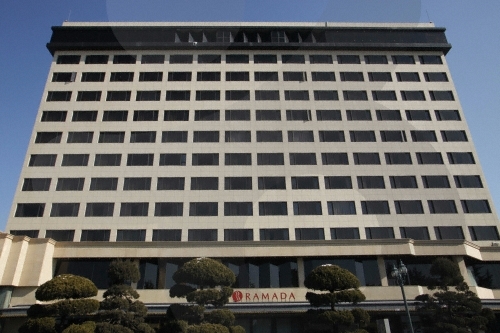

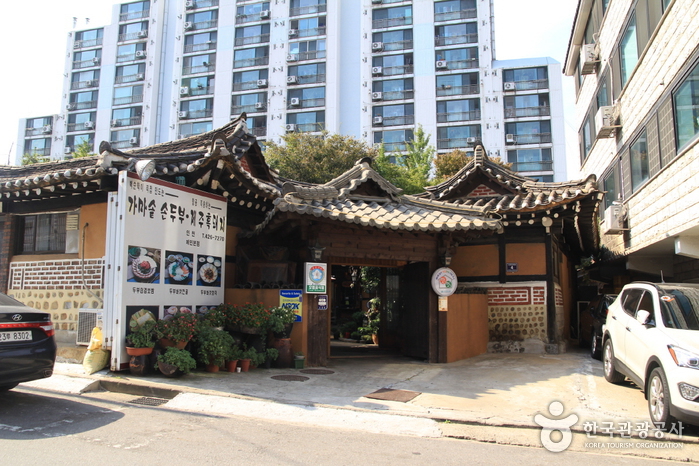
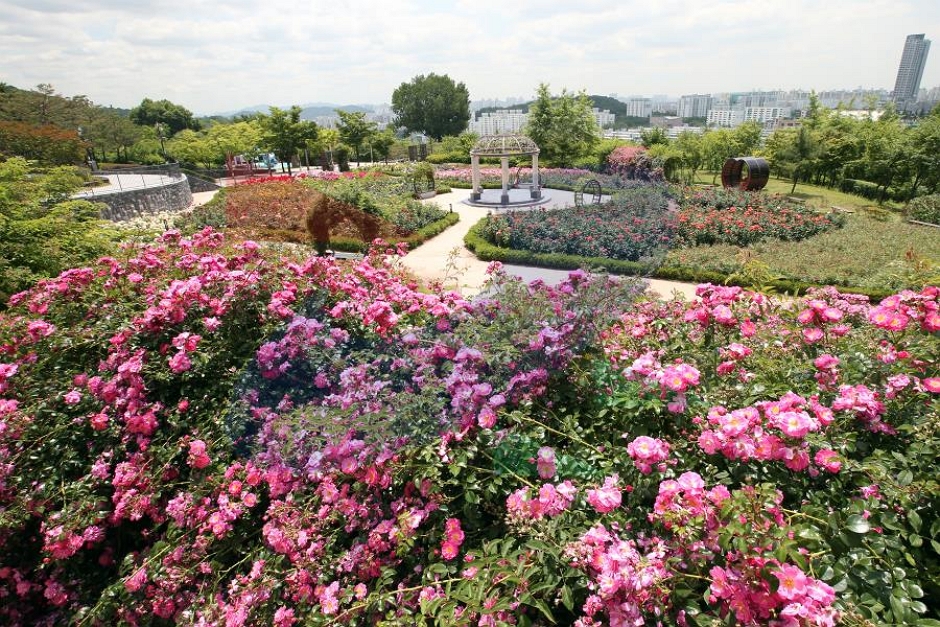

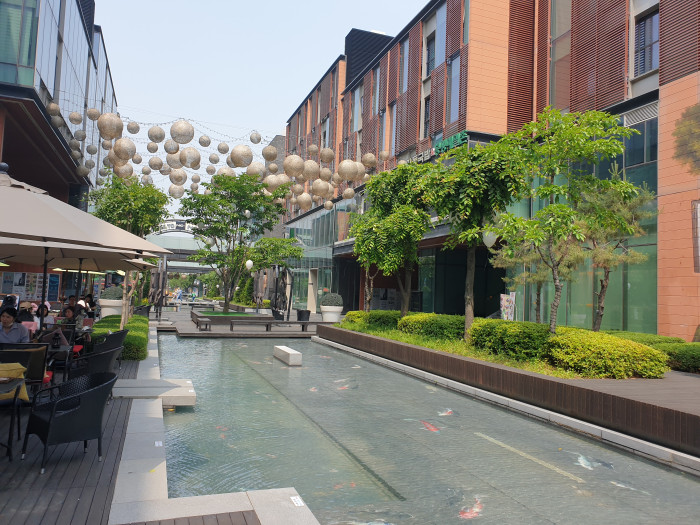
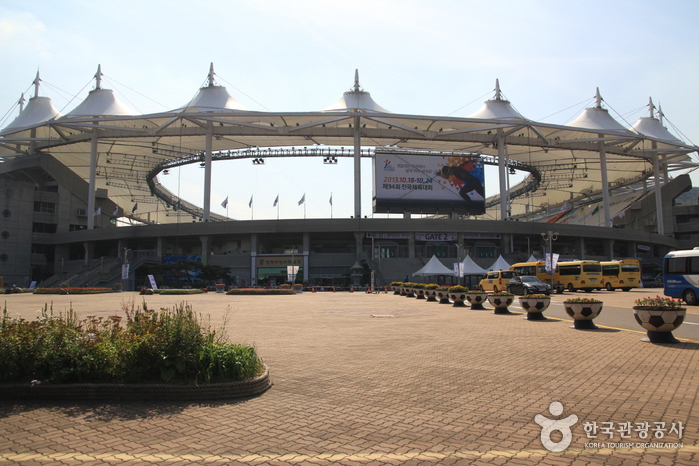
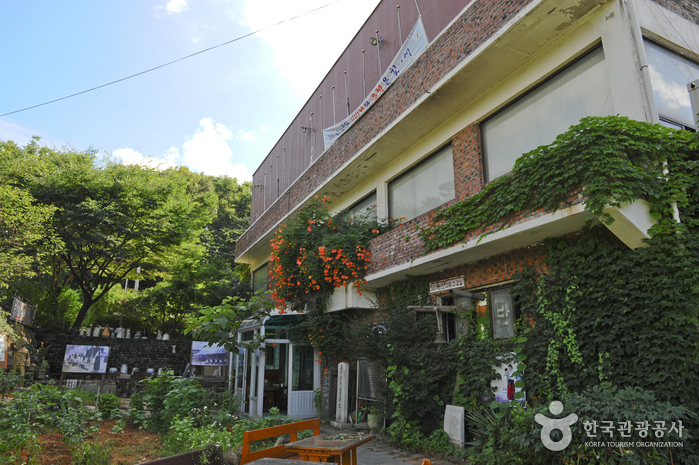
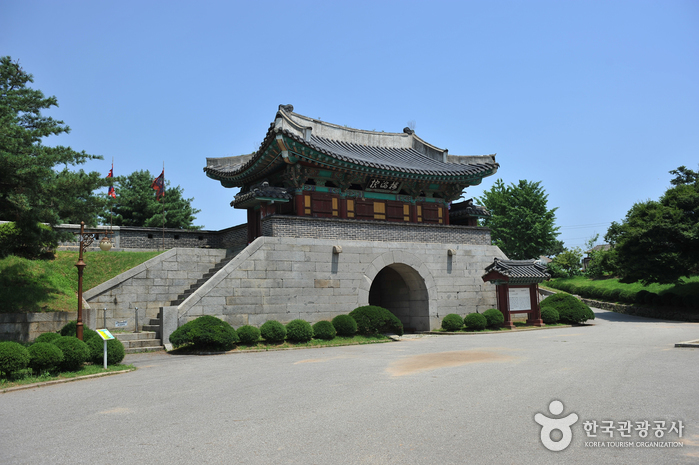
 English
English
 한국어
한국어 日本語
日本語 中文(简体)
中文(简体) Deutsch
Deutsch Français
Français Español
Español Русский
Русский